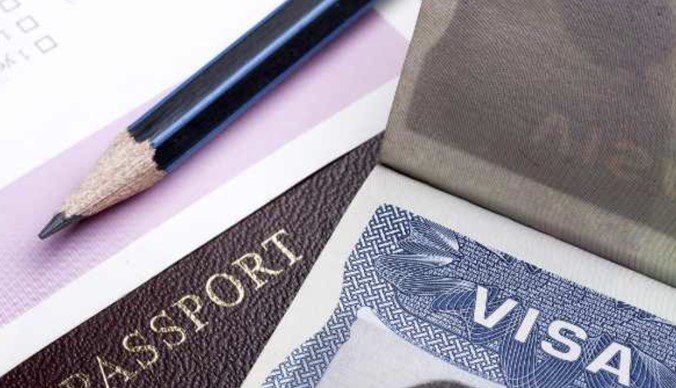Understanding the Process
Sponsoring employees for permanent residency can be a complex process, but with proper planning and execution, it can be a rewarding experience for both the employer and the employee. This blog post will provide a general overview of the process.
Step 1: Assess Eligibility
The first step is to determine if your employee is eligible for permanent residency. This involves assessing factors such as their employment history, education, and skills. It’s also important to consider the specific immigration laws and regulations in your country.
Step 2: Choose the Appropriate Visa Category
There are several visa categories available for permanent residency. The most common options include:
- Employment-Based Green Card: This category is for employees who have a job offer from a U.S. employer.
- Family-Based Green Card: This category is for individuals who are sponsored by a family member who is a U.S. citizen or permanent resident.
- Diversity Visa Lottery: This category is available to individuals from countries with low immigration rates.
Step 3: File the Necessary Forms
Once you’ve determined the appropriate visa category, you’ll need to file the necessary immigration forms. This process can be time-consuming and complex, so it’s often advisable to consult with an immigration attorney.
Step 4: Submit Supporting Documentation
In addition to the forms, you’ll need to submit supporting documentation. This may include:
- Proof of employment
- Evidence of the employee’s qualifications
- Financial documents
- Background checks
Step 5: Attend Interviews
Both the employee and the employer may be required to attend interviews with immigration officials. These interviews are an opportunity for the officials to assess the authenticity of the employment relationship and the employee’s eligibility for permanent residency.
Step 6: Await Approval
The immigration process can take several months or even years. During this time, it’s important to stay organized and keep track of all the necessary documents.
Additional Considerations
- Cost: Sponsoring an employee for permanent residency can be expensive. You’ll need to factor in the costs of filing fees, attorney’s fees, and potential backlogs in the immigration system.
- Labor Certification: For certain visa categories, you may need to obtain a labor certification, which proves that there is no suitable U.S. worker available for the position.
- Employer Responsibilities: As an employer, you’ll have ongoing responsibilities after your employee obtains permanent residency. This includes ensuring that they continue to meet the terms of their employment and comply with all applicable immigration laws.
Sponsoring employees for permanent residency can be a rewarding experience for both the employer and the employee. By understanding the process and working with a qualified immigration attorney, you can increase your chances of success.
This post was written by a professional at Malik Law Firm. Malik Law Firm is a premier immigration law group specializing in marriage and employment visas for high-net-worth entrepreneurs, multinational companies, and international investors. With roots in Wall Street, we’ve expanded our expertise from New York to Tampa, FL, proudly representing major clients like Facebook, Google, and Microsoft. Our award-winning firm boasts over 200 five-star reviews, including 38 from our Tampa office, reflecting our commitment to excellence. Recognized by Best Lawyers and Super Lawyers, we serve clients across 30 countries and all 50 U.S. states. Our innovative, automated processes ensure complete transparency and personalized support, keeping clients informed every step of the way. Click here to learn more!

